The first automobile was patented by Carl Benz in 1886, but cars weren’t a booming transportation staple for many Americans until the early 20th century. While Benz’s first gasoline-powered vehicle looked more like a complicated-looking tricycle, the first automobile set the trajectory for the Mercedes-Benz Company. However, it’s difficult to pinpoint who created the first automobile, as there were several key players in the auto-making game, many of whom were getting started long before the dawn of the 20th century.
The experimental cars of the late 19th century ran on steam, gasoline, or electricity, but by the 20th century, gasoline-powered vehicles became increasingly popular. Although some inventors existed before Henry Ford, most people consider Ford the first American automaker. But in reality, he was the one who generated technology that made producing cars more streamlined, as well as more affordable.
As vehicles gained popularity in the 20th century, they no longer became solely a sign of luxury or wealth. They quickly became a symbol of functionality, of daily life. With vehicles becoming increasingly necessary for everyday life, the 20th-century automobile needed to be reliable and affordable. And that’s precisely what happened: cars in the 20th century were intended to be widely available and ensure people could safely get to their destinations, and many of these vehicles defined reliability and affordability across the board.
Ford Model T
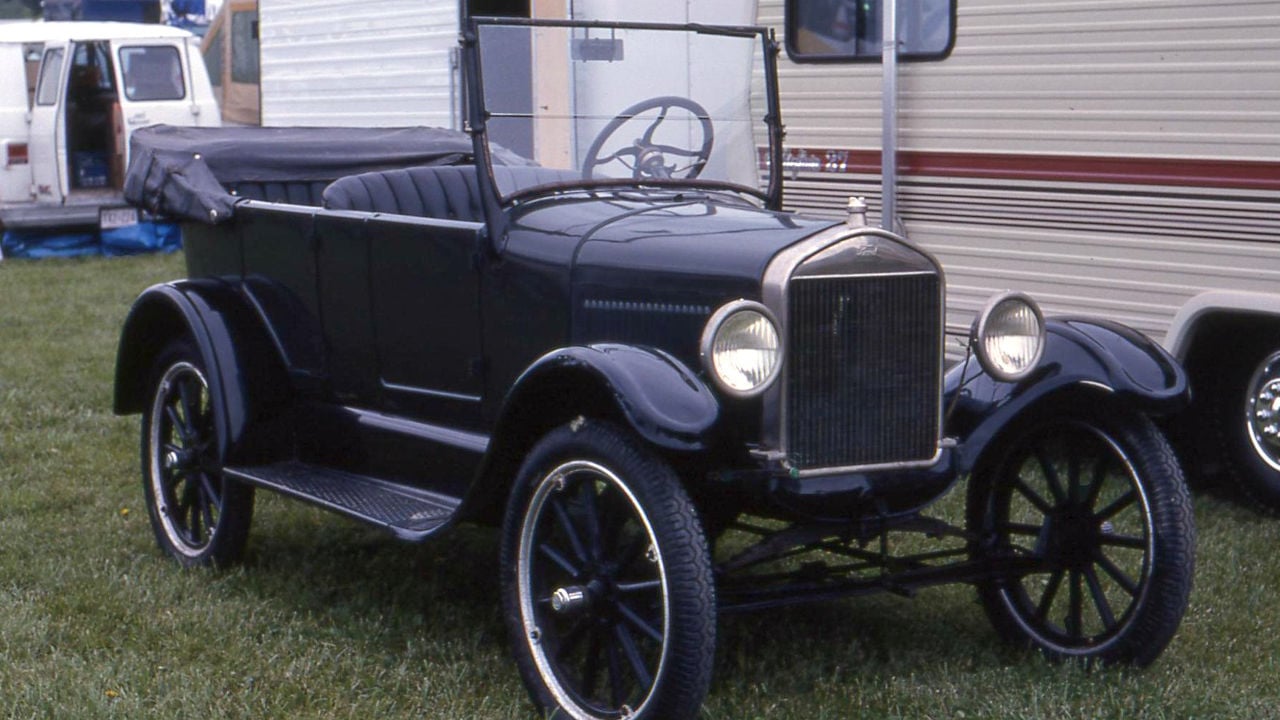
When many Americans think of the automobile, the Ford Model T is often what they think of. However, the Ford Model T wasn’t the first vehicle; instead, it was the first mass-produced automobile. Regardless, the Model T introduced an era of car ownership that had either been unheard of or had previously eluded many.
In the 1910s and 1920s, the Ford Model T became a symbol of American life, giving the average American access to car ownership. Ford, as it is still faithful today in many ways, built its reputation early on as producing durable and reliable vehicles.
Chevrolet Suburban
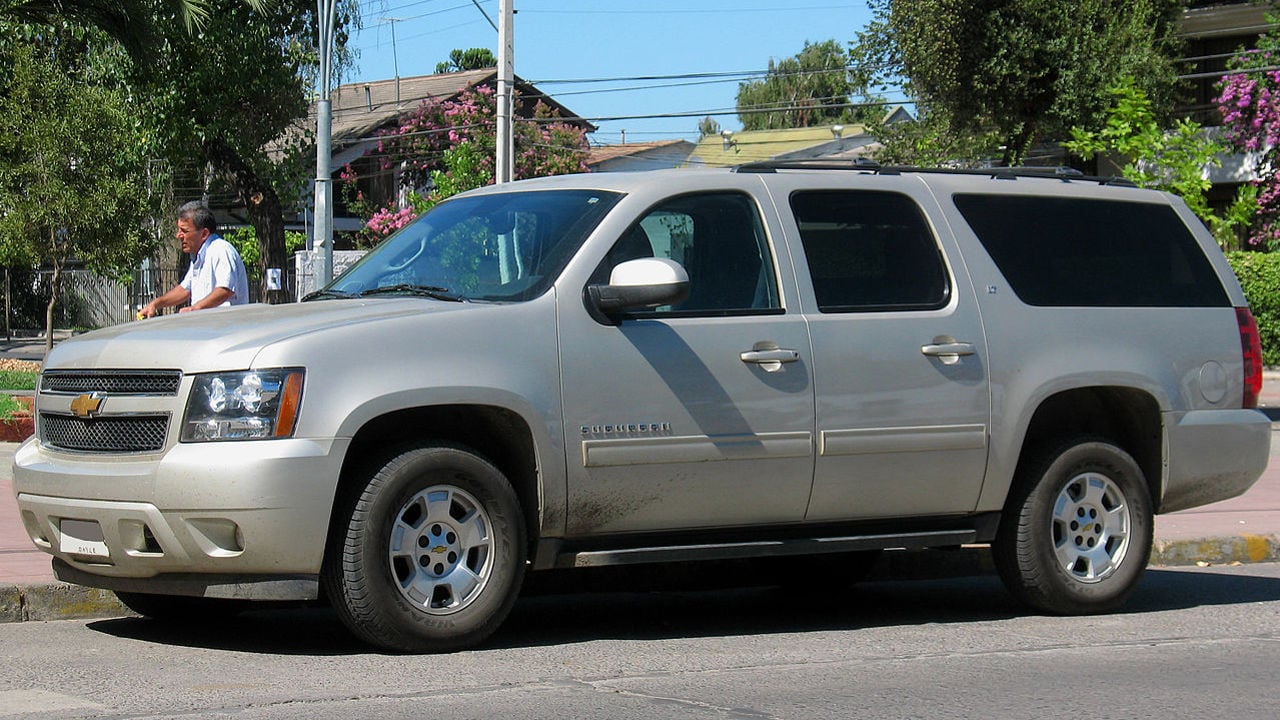
You might be familiar with the Chevrolet Suburban, as it symbolizes family life and “soccer moms.” This full-size SUV dates back to the 1930s, and when the car first arrived on the market, it was known as the Carryall Suburban.
The original suburban held up to eight people, and it could hold a significant amount of luggage. In its early days, the Chevrolet Suburban was the height of utilitarian travel, but even across generations, this SUV is a symbol of American family transportation: reliable, durable, and spacious.
Ford F-150
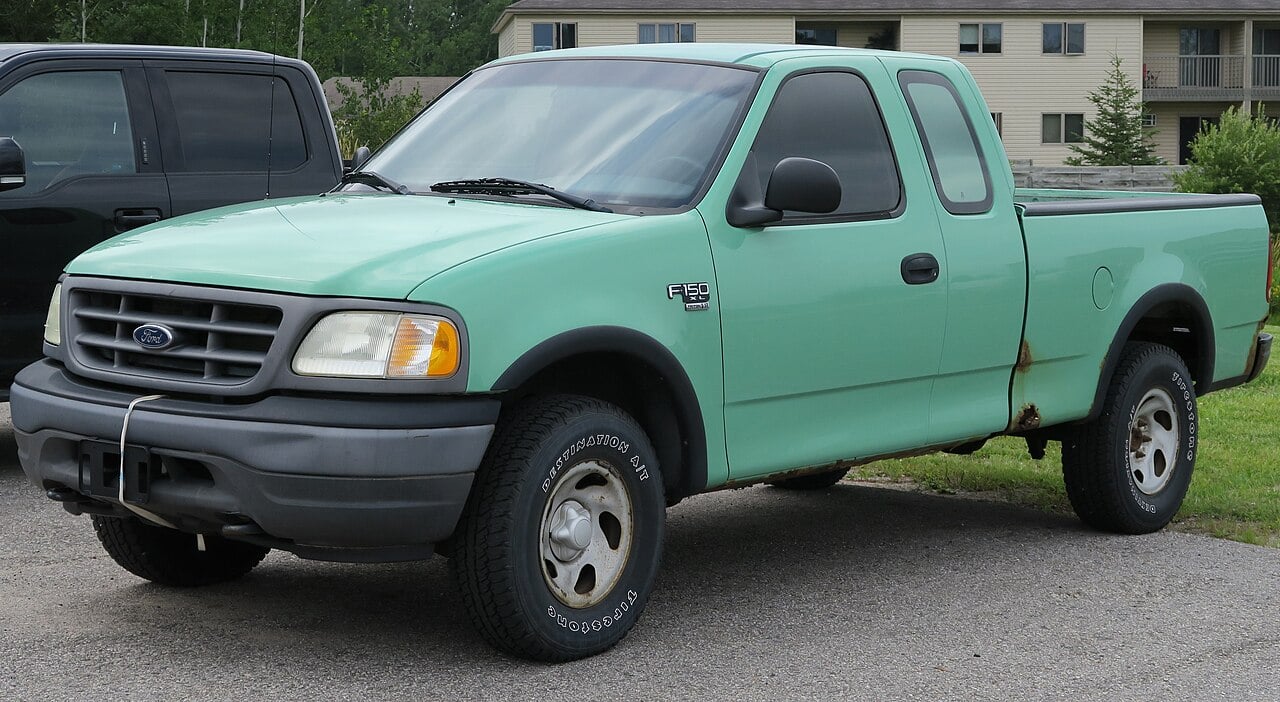
When this vehicle first arrived on the scene, it was Ford’s first voyage into the pickup truck. The production of the F-series started after World War II and quickly became associated with post-war life—especially when economic prosperity was informing what the American Dream should mean for citizens across the country.
Seeing as the F-series is still successful through the present, it’s evident that this lineage has proved its durability. Although the current F-series isn’t as utilitarian in style as the pickup truck once was, the vehicle still is a testament to reliability and functionality.
Mini
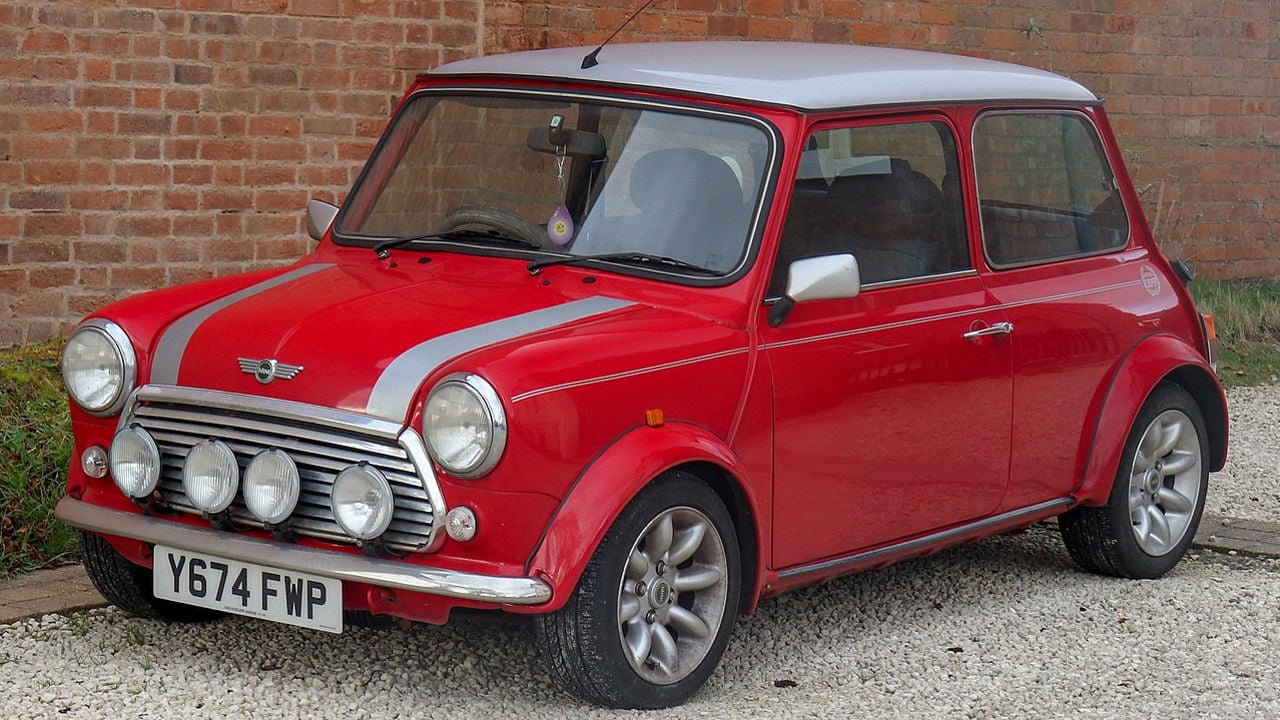
The original Mini, which came on the market in the 1950s, is an icon of 1960s British culture. Its engine and front-wheel design layout quickly inspired automakers as it provided more interior room for passengers and their belongings. In 1999, the Mini was voted the second-most influential car of the 20th century, following right behind the Ford Model T.
Despite being an exceptionally tiny vehicle, the Mini could easily hold up to four adults. Part of that was because of the design, which allowed for more interior space. The Mini remained on the market for over 40 years, and then it was replaced by a BMW version.
Toyota Land Cruiser
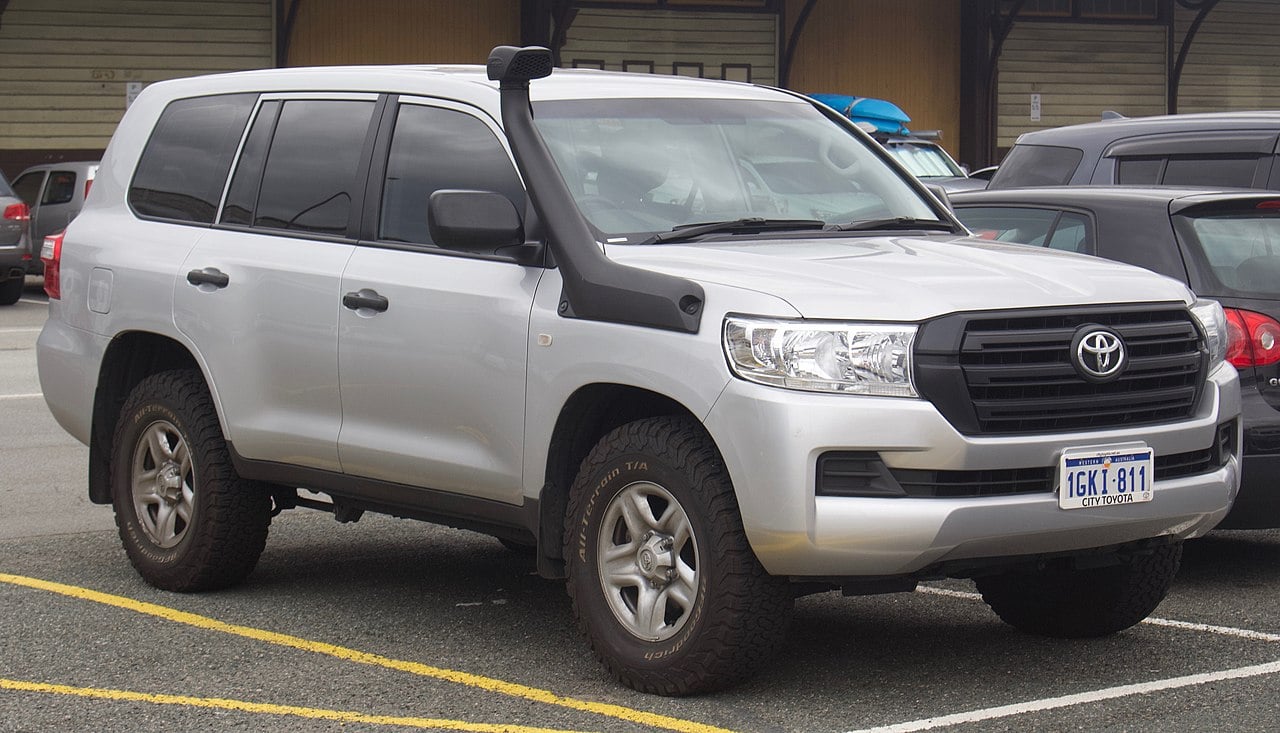
The Toyota Land Cruiser dates back to World War II. The vehicle was commissioned by the Japanese government and ordered by the military. The government had initially requested a truck, but after seeing a Bantam G.P., they asked for a similar model instead of a truck. Although there were some trademark issues between Toyota and the Bantam G.P., or Willys Company, the vehicle finally came into its own in June 1954, when it received the name “Land Cruiser.” The vehicle’s first name was Toyota Jeep BJ.
The early designs of the vehicle were sharp, jagged, and boxy. Over time, the Land Cruiser became more popular with the general public as the car lost some of its harsh styling. To this day, the Toyota Land Cruiser still remains a reliable vehicle, celebrating its utilitarian roots.
Willys Jeep
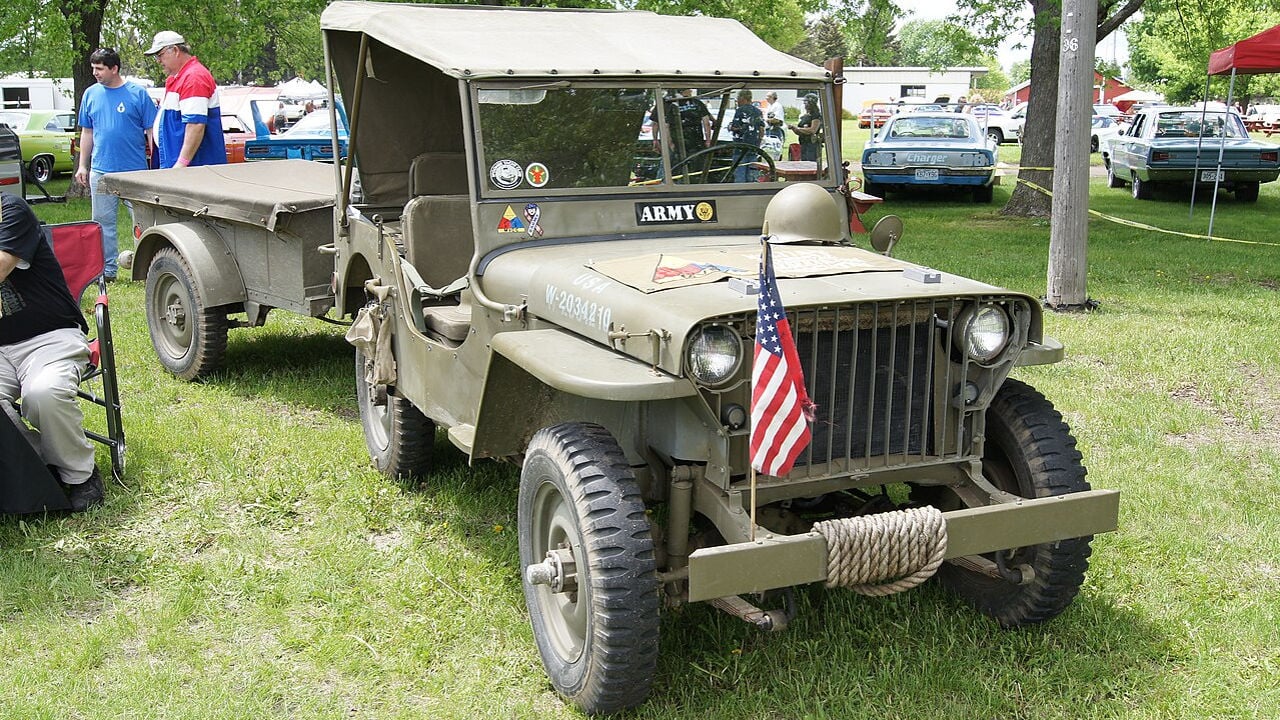
Seeing as the Toyota Land Cruiser adopted its style from Willys Jeep, it’s only fitting that the vehicle makes the list. Willys Jeep, the original Jeep, was used during World War II and provided to the U.S. Army by Ford, Willys, and American Bantam.
After the war, Willys continued to produce the vehicle for non-military purposes. The car was designed purely for off-road purposes, making the Jeep an American staple. Although Willys is no longer a company, the Jeep Wrangler is the closest version to the Willys Jeep from the mid-20th century.
Volkswagen Beetle

In 1945, production began on the Volkswagen Beetle. It was dubbed “the people’s car,” and its distinctive shape warranted a number of nicknames. 21.5 million first-generation cars were sold, which immediately locked it in as the most popular manufactured car on a single platform.
The Beetle achieved such notoriety because of its innovative yet practical design. The car was inexpensive to make, it was aerodynamic, and it required less maintenance because of its air-cooled engine. Although the vehicle ceased production in 2019, the Volkswagen Beetle is a reminder of simpler times.
Ford Country Sedan
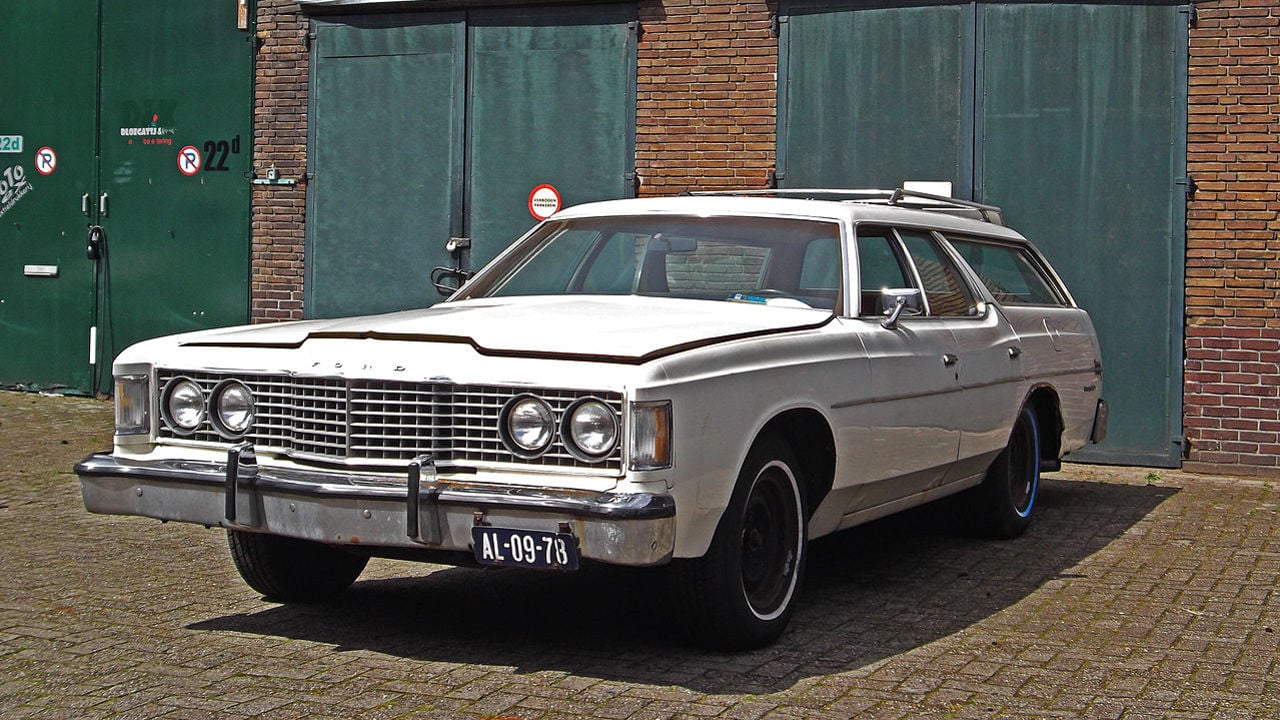
Ford built this full-size station wagon between 1952 and 1974. The Country Sedan sat up to nine people and regularly beat out its sibling, the Ford Country Squire. The only real difference between the Country Sedan and Country Squire was that the Squire had a wood-paneling exterior. In 1995, Ford started its station wagon line, where the Country Sedan took up residence until it went out of production in 1974.
Chevrolet Impala
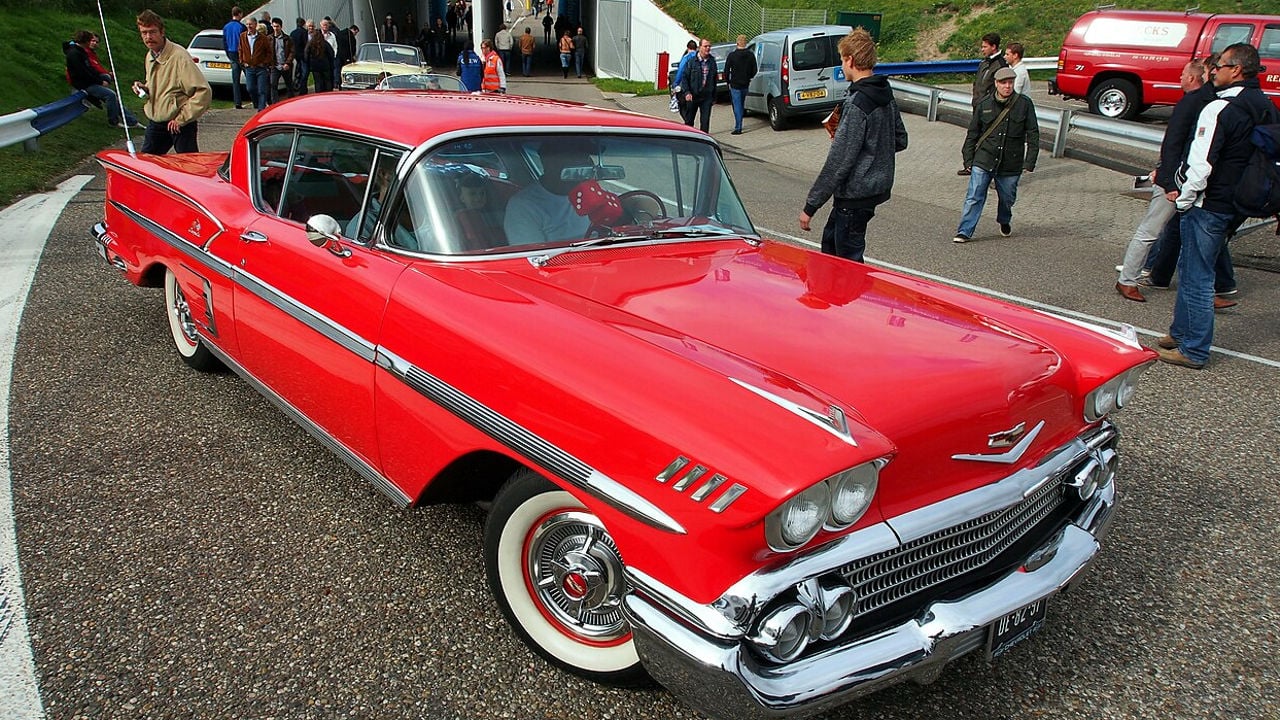
Although the first version of the Chevrolet Impala was considered a sports coupe, the later iterations of the models prioritized comfort and durability. During its last production, which lasted twenty years, it solidified itself as one of the best-selling American-made vehicles. This sedan offered a spacious interior, providing individuals and families with a dependable mode of transportation.
Renault 4
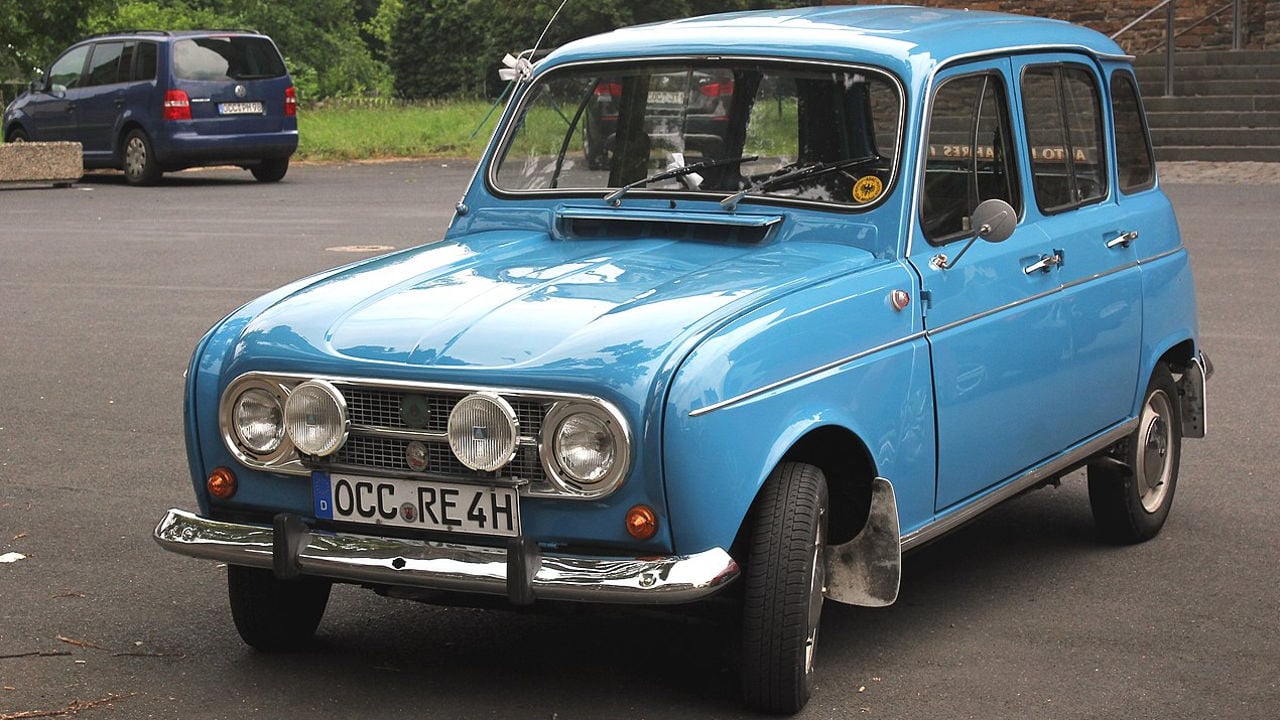
When Pierre Dreyfus, president of Régie Nationale des Usines Renault, described that he wanted the next car to be like “blue jeans.” This might seem odd in many ways, but the sentiment insisted that the Renault 4 become a staple. Blue jeans are versatile, dependable, and a global sensation. For Dreyfus, the Renault 4 needed to match that type of energy.
While the Renault 4 might not have the lasting endurance attributed to blue jeans, the vehicle did gain attention as an iconic hatchback, with popularity spreading across Europe. Its practicality and efficiency have only added to its legacy.
Fiat 500
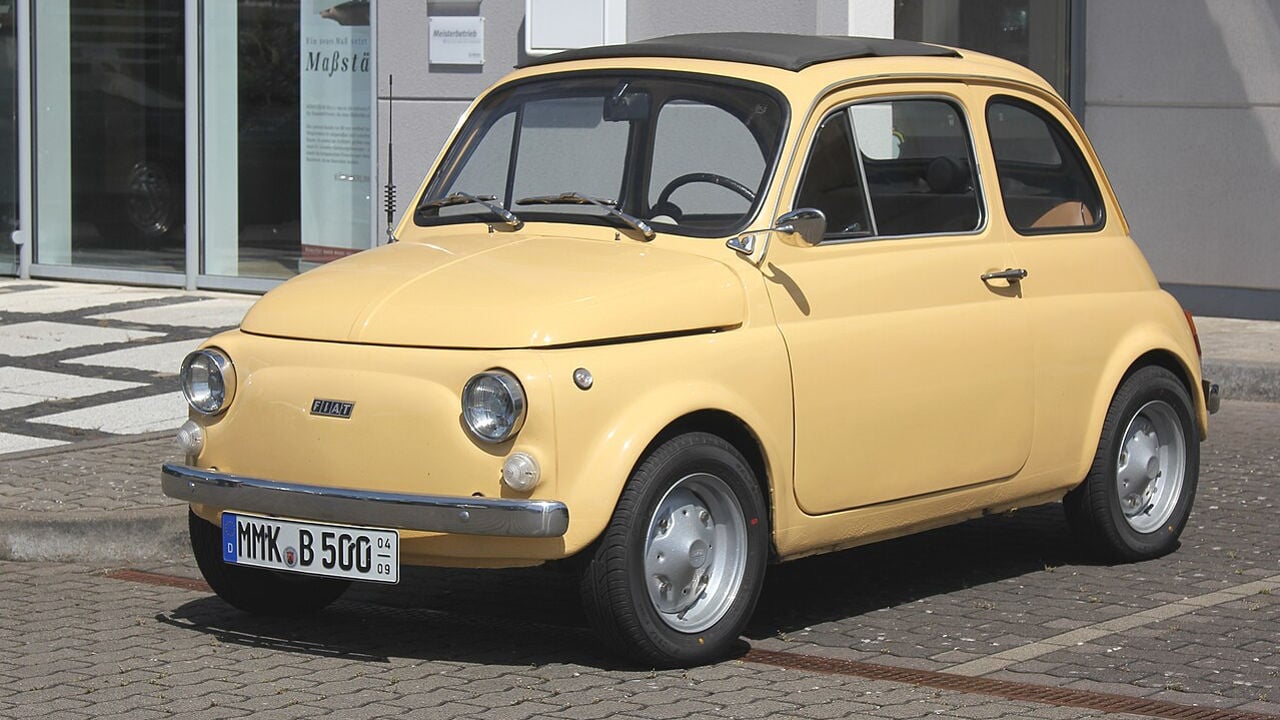
This Italian-produced vehicle was designed with efficiency in mind. The car is compact and practical, measuring approximately 9 feet and 9 inches long. Although the Fiat 500 is a tiny car, the vehicle has been noted as extremely practical. The Fiat 500 screams European luxury while also exhibiting reliability, affordability, and excellent fuel efficiency.
Volkswagen Transporter
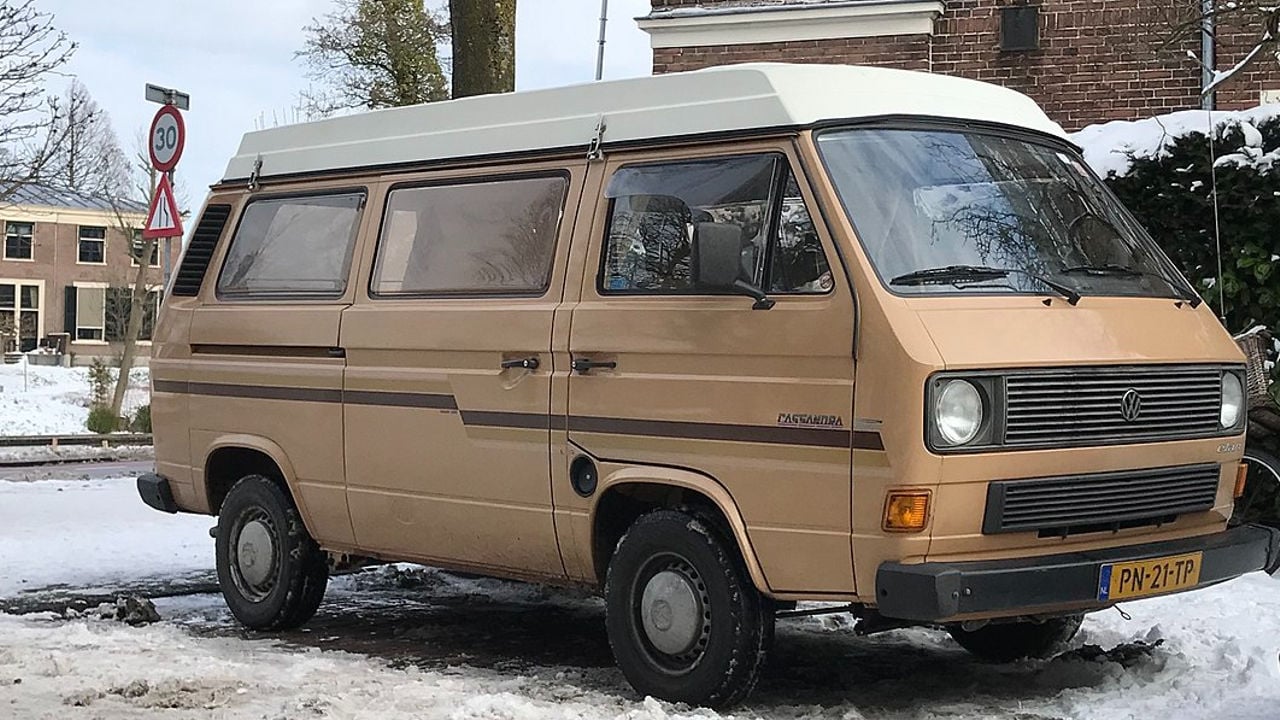
The best-selling van in history is the Volkswagen Transporter, and it’s also the van that’s been in production the longest. The Transporter arrived on the scene in 1960, and being a large vehicle, it was convenient for families and large groups. Also known as the Volkswagen Type 2, the Transporter was a favorite mode of transportation for the hippies in the U.S.
Dodge Caravan
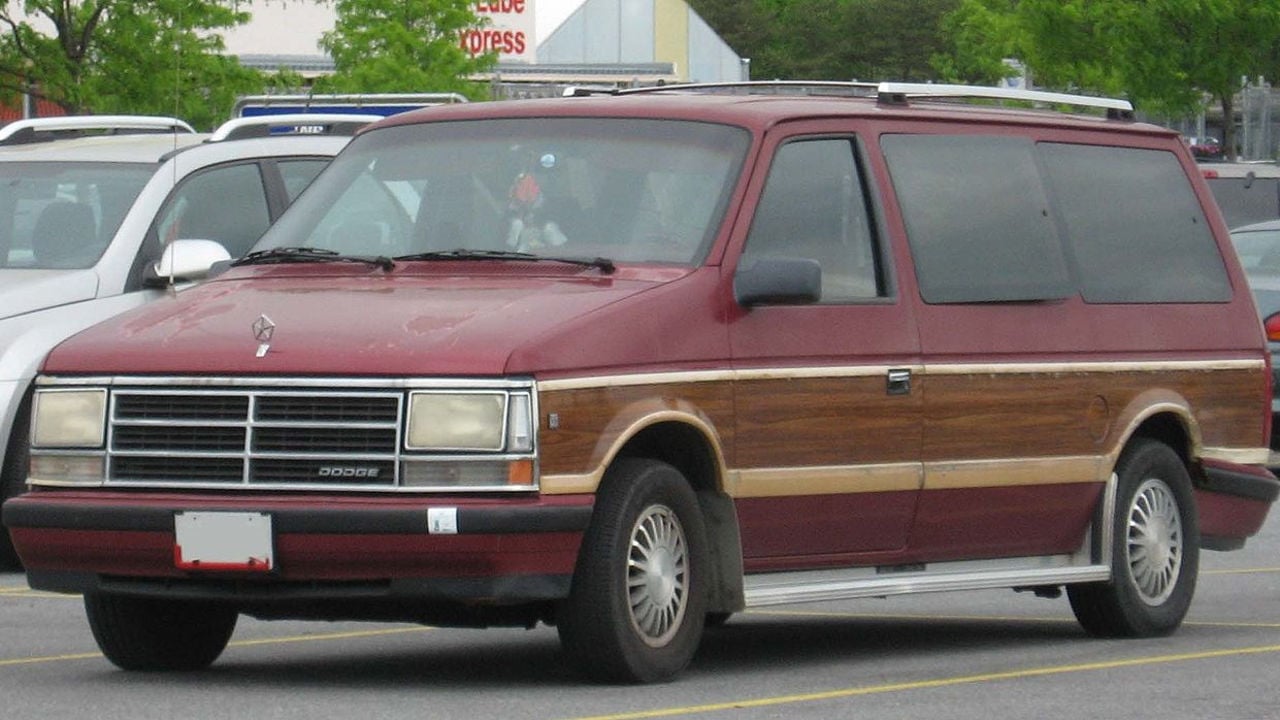
While not as popular as the Volkswagen Transporter, the Dodge Caravan quickly became a favorite mode of transportation for families. The minivan forced the station wagon out of the way, changing the nature of the family vehicle. The Dodge Caravan introduced a new way of travel and, in turn, revolutionized family travel and vacations. The minivan offered a new mode of transportation that was both reliable and affordable.
Jeep Wrangler
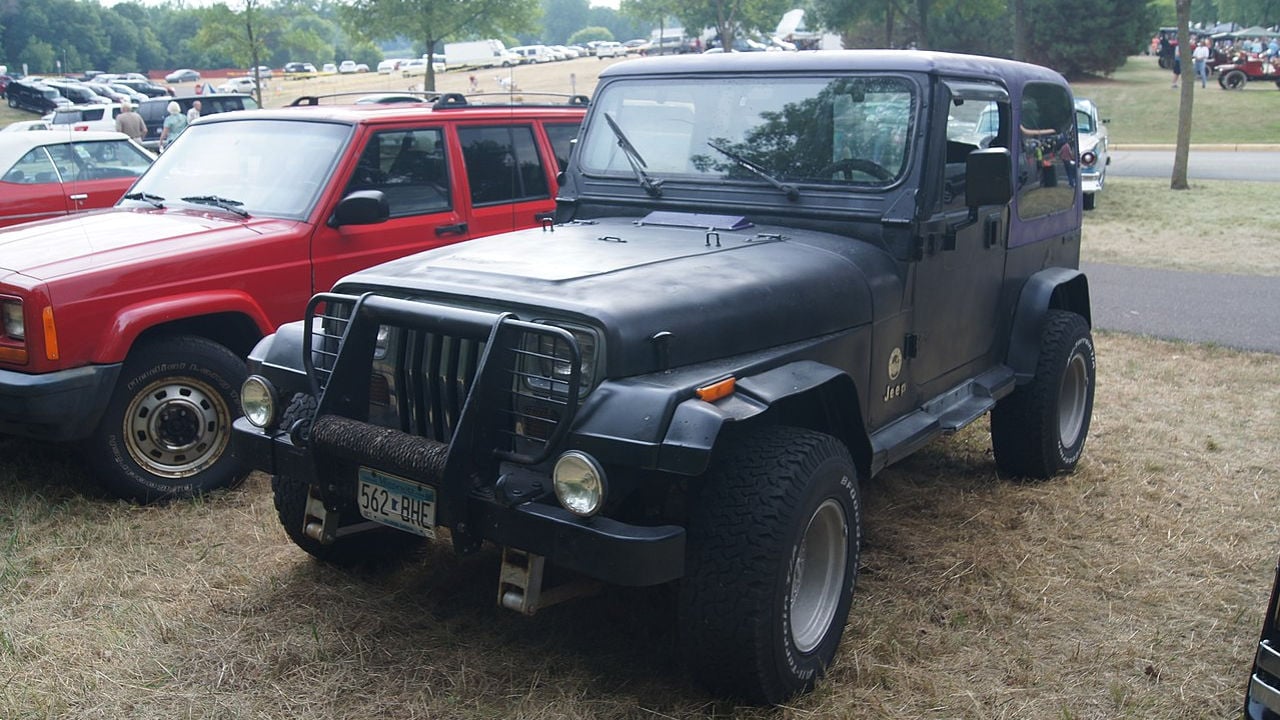
The original Jeep can be traced to the Willys Jeep, but the Jeep Wrangler didn’t arrive on the market until 1987. Adopting the militaristic, utilitarian styling that was specific to Willy Jeep, the Wrangler was designed explicitly for on-road purposes despite the Jeep’s reputation for off-road capabilities.
In 1997, the Jeep Wrangler was redesigned, and at that time, the off-road capabilities associated with the Jeep were prioritized. Every ten years, the Jeep Wrangler undergoes a redesign, and its critical features are heightened.
Subaru Outback
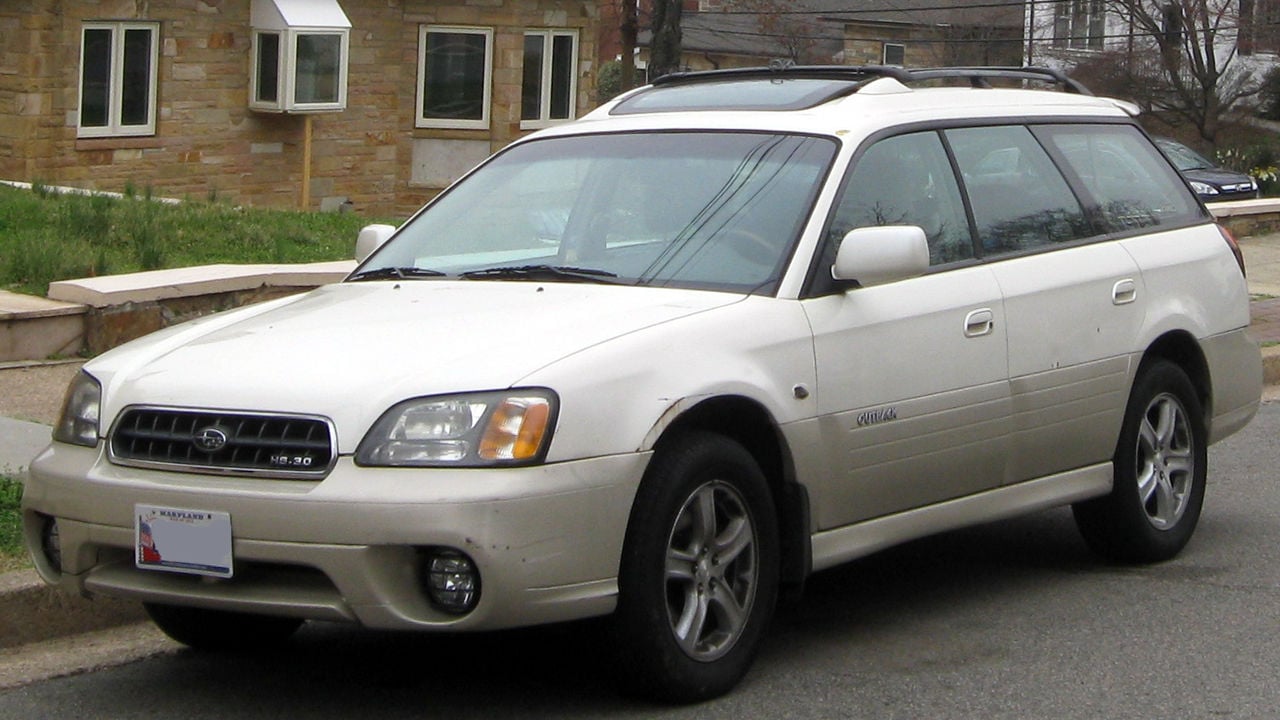
If you’re seeking reliability, versatility, and all-wheel drive capabilities, the Subaru Outback is the car. Although production didn’t begin until 1994, the Subaru Outback remains a fan-favorite due to its off-road capabilities. Durability is critical, and the Subaru brand has managed to create vehicles with rugged designs that remain durable for years to come.
- SEO Powered Content & PR Distribution. Get Amplified Today.
- PlatoData.Network Vertical Generative Ai. Empower Yourself. Access Here.
- PlatoAiStream. Web3 Intelligence. Knowledge Amplified. Access Here.
- PlatoESG. Carbon, CleanTech, Energy, Environment, Solar, Waste Management. Access Here.
- PlatoHealth. Biotech and Clinical Trials Intelligence. Access Here.
- Source: https://teslatale.com/15-iconic-20th-century-cars-that-defined-reliability-and-affordability/
